A Detailed Report on Corporate Accounting & Reporting: Finance Leases
VerifiedAdded on 2023/06/11
|7
|1580
|447
Report
AI Summary
This report provides a detailed review of pertinent disclosures related to finance leases as per existing standards, specifically AASB 117 (or IAS 17). It elucidates that finance leases transfer risks and rewards to the lessee along with asset possession. While AASB is set to reinstate AASB 117, there would be no influence on finance leases. The report emphasizes the need to identify and present disclosures properly in the books of lessors and lessees, highlighting the requirements of AASB 7 for Financial Instruments: Disclosures. It discusses the net carrying amount for each asset group, reconciliation between overall minimal lease disbursements, and the presentation of pecuniary disclosures for various time schedules. The standard also requires the realization of contingent rents in the form of disbursements, along with specific disclosures related to terms, renewal clauses, and lease contract limitations. Furthermore, the report addresses the lessor's perspective, focusing on the reconciliation between investment at the reporting period's closing and the present value of minimum lease disbursements. It also covers the accounting treatment for both current and non-current liabilities, the registration of amounts under finance leases, and the handling of rental disbursements consisting of principal reimbursement and interest. Finally, it explains the journal entries for scenarios where the firm's asset is either returned to the lessor or purchased by the lessee, and the legal responsibilities of the lessee if the lease contract is rejected within the agreed period.
1 out of 7

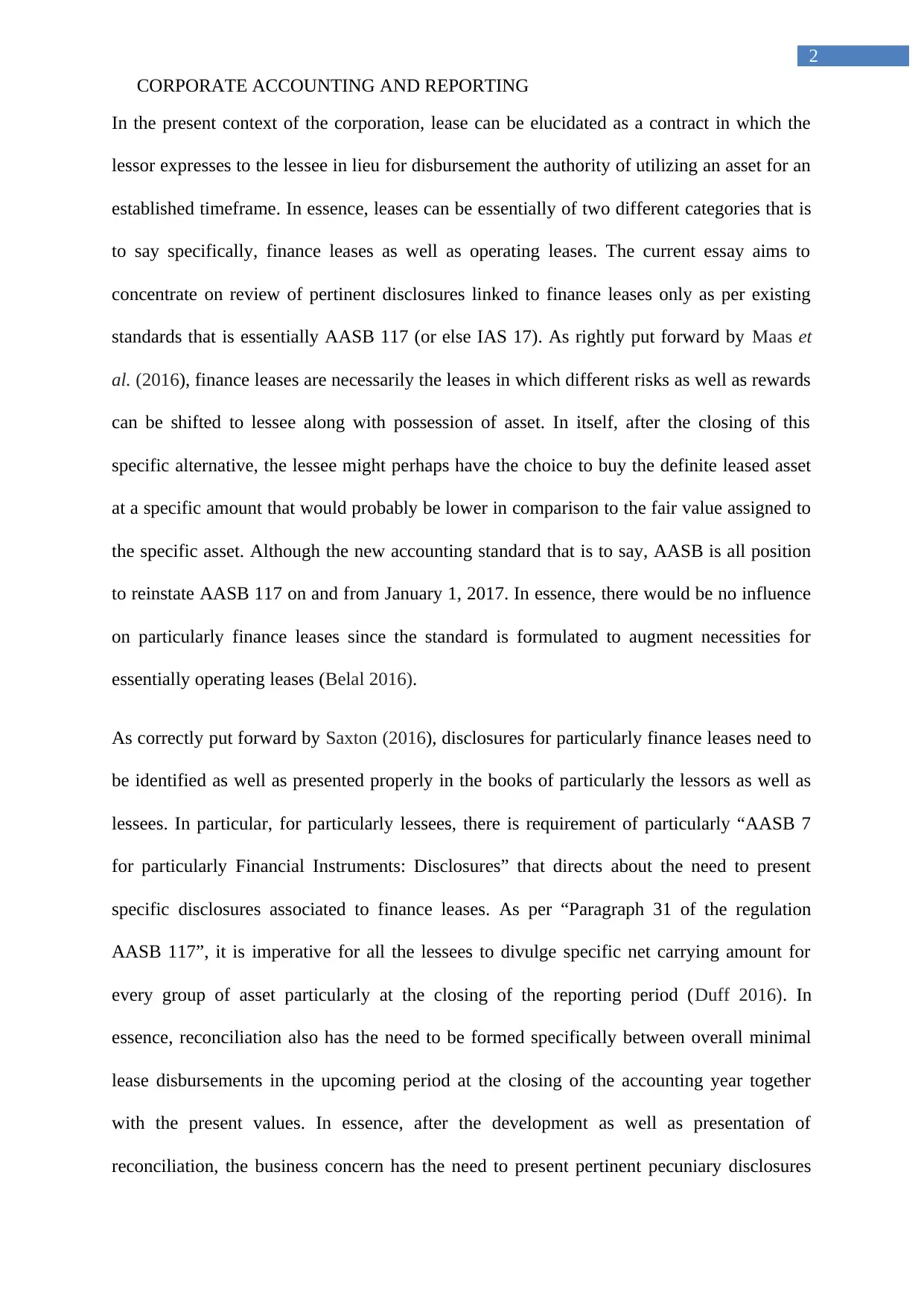
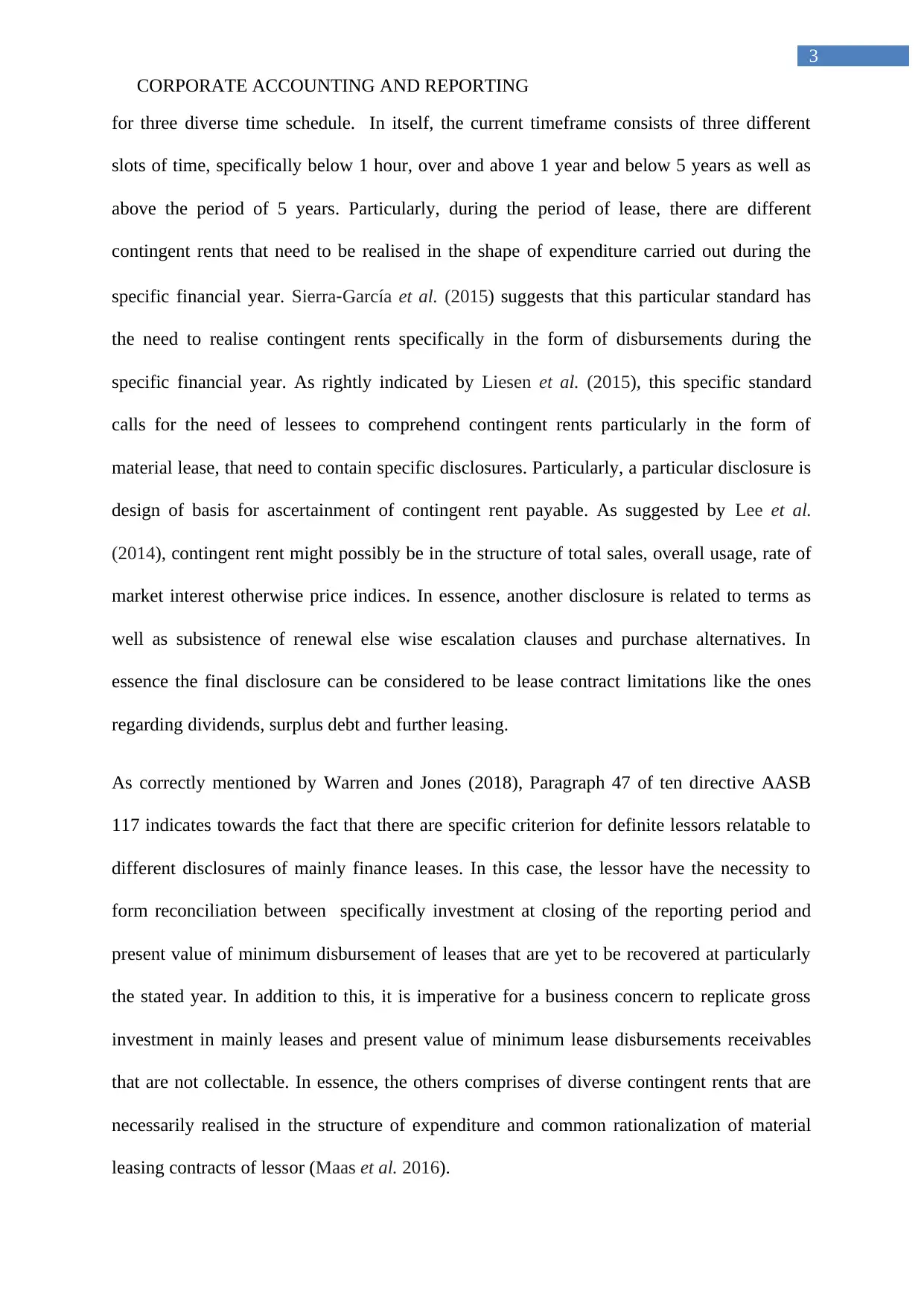

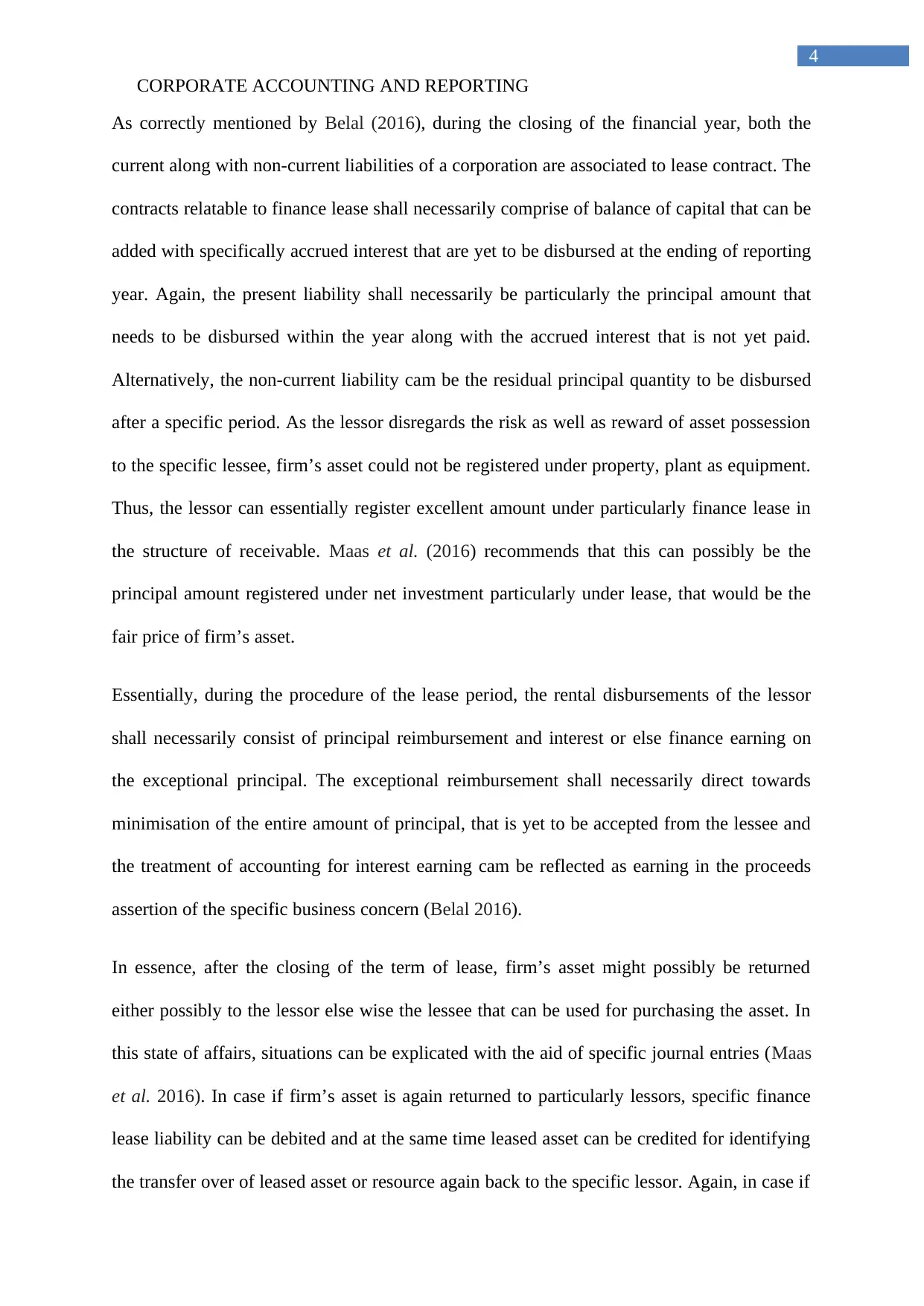

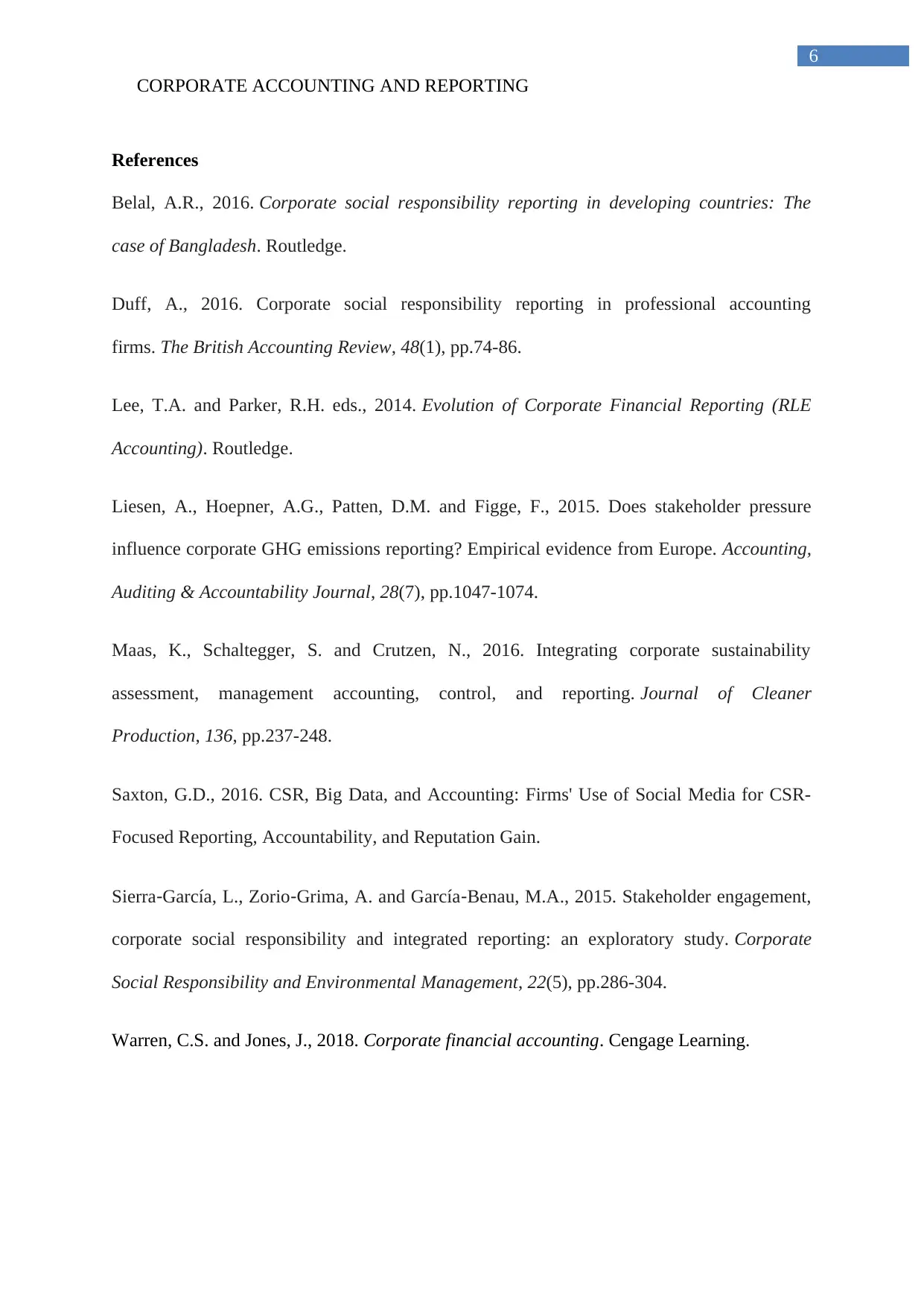
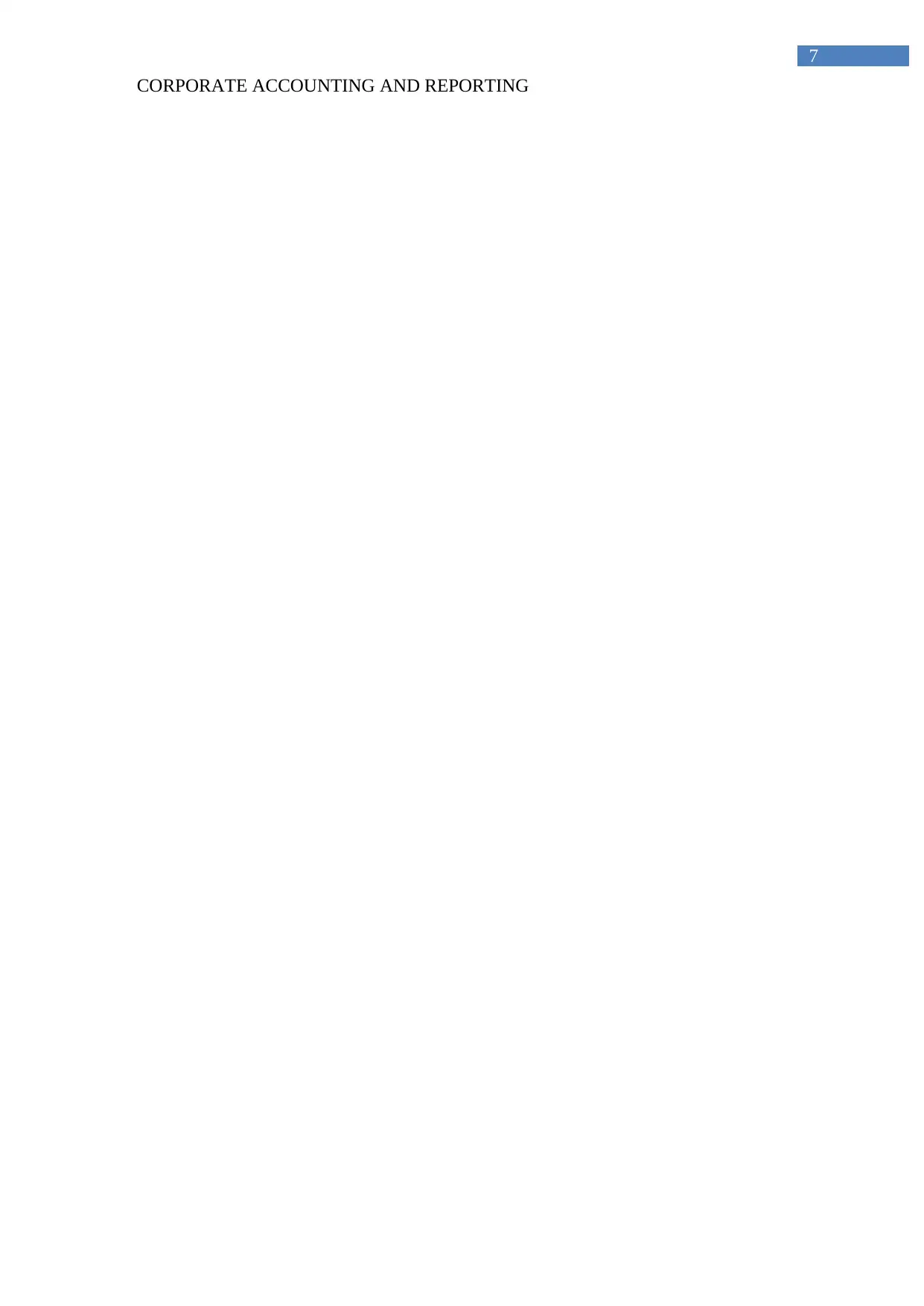





![[object Object]](/_next/static/media/star-bottom.7253800d.svg)